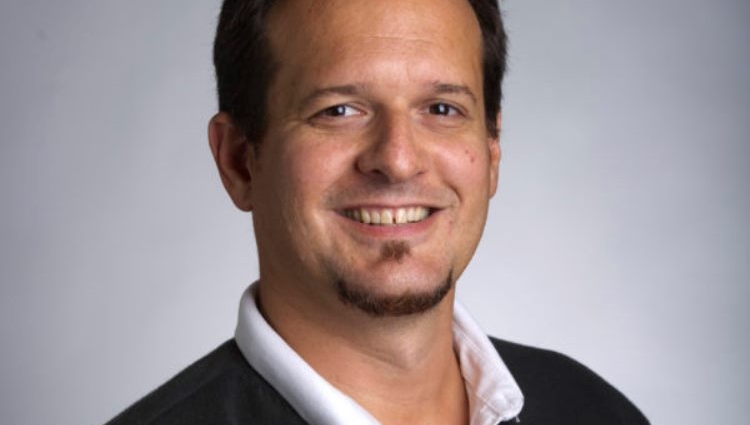The quantum many-body problem in the age of machine learning: calculating spectral functions with neural networks
Publicado: 08/06/2021 - 11:14
Última modificação: 08/06/2021 - 11:20

In the past couple of years, machine learning has permeated many areas of physics and found numerous applications in condensed matter and chemistry. In particular, we have witnessed remarkable progress toward developing computational methods using neural networks as variational estimators. Variational representations of quantum states abound and have successfully been used to guess ground-state properties of quantum many-body systems. Some are based on partial physical insight (Jastrow, Gutzwiller projected, and fractional quantum Hall states, for instance), and others operate as a black box that may contain information about the underlying structure of entanglement and correlations (tensor networks, neural networks) and offer the advantage of a large set of variational parameters that can be efficiently optimized. However, using variational approaches to study excited states and, in particular, calculating the excitation spectrum, remains a challenge.
In this talk, I present two variational methods to calculate the dynamical properties and spectral functions of quantum many-body systems in the frequency domain: The first one consists of encoding the Green's function of the problem in the form of a neural network. We introduce a natural gradient descent approach to solve linear systems of equations and use Monte Carlo to obtain the dynamical correlation function. The second approach is based on a Chebyshev expansion of the spectral function and a neural network representation for the wave functions. The Chebyshev moments are obtained by recursively applying the Hamiltonian and projecting on the space of variational states. We compare this approach with a modified approximation of the spectral function which uses a Krylov subspace constructed from the ``Chebyshev wave-functions''. I will present results for the one-dimensional and two-dimensional Heisenberg model on the square lattice, and compare to those obtained by other methods in the literature.
[1] “Chebyshev expansion of spectral functions using restricted Boltzmann machines” D. Hendry, Hongwei Chen, Phillip Weinberg, A. E. Feiguin arXiv: 2103.08804.
[2] “A machine learning approach to dynamical properties of quantum many-body systems” Douglas Hendry, Adrian E. Feiguin Phys. Rev. B 100, 245123 (2019).